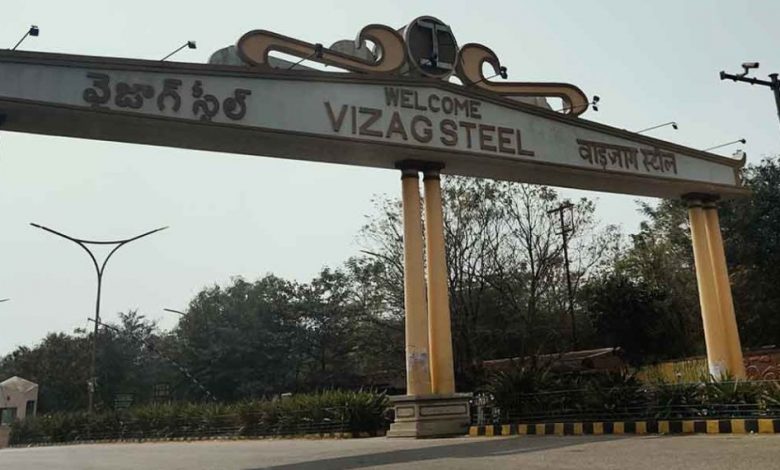Government In No Mood To Go Back On 100 Percent Strategic Disinvestment Of RINL

Despite pleas and protests from many quarters, the government of India seems to be in no mood to go back on the 100 percent strategic disinvestment of Rashtriya Ispat Nigam Limited (RINL). In a reply to the question from Member of Parliament of the YSRCP, Balashowry Vallabhaneni from Machilipatnam constituency of Andhra Pradesh, in the Lok Sabha today, the Finance Minister Nirmala Sitharaman reiterated the government stand on the 100 percent strategic disinvestment of the PSU. Below are the questions of the Member of Parliament and the answers given by the Finance Minister for the benefit of the viewers of www.indianpsu.com
Will the Minister of Finance be pleased to state:
(a) the plan of the Government to accrue Rs. 1.75 lakh crores through disinvestment in the coming fiscal
(b) the aims and objectives to privatise the Public Sector Undertakings (PSUs) in the country
(c) whether some of the PSUs are incurring losses and if so, the reasons therefor
(d) the factors responsible for the losses incurred by the Rashtriya Ispat Nigam Limited (RINL)
and
(e) whether the Government proposes to extend handholding to RINL to come out of losses and if not, the reasons therefor?
ANSWER
THE MINISTER OF FINANCE (SMT. NIRMALA SITHARAMAN)
(a):The Budget Estimate (BE) for disinvestment receipt in 2021-22 is Rs 1.75 lakh crore which includes strategic disinvestment/privatization and minority stake sale in CPSEs and Public
financial institutions.
(b):The policy of privatization of PSEs is based on the economic rationale of improving productivity of the assets through infusion of private capital, technology, innovation and best
management practices. Post-disinvestment growth of PSEs may generate higher economic activities resulting in new job opportunities and growth of the ancillary industries, resulting in
overall economic growth and employment in the country. The resources unlocked from privatization would be used to finance various social sector/ developmental programmes of the Government, which shall benefit the public. Profit or loss is not among the relevant criteria for privatization.
(c): As per the Department of Public Enterprises, 84 Central Public Sector Enterprises (CPSEs), including parent companies and subsidiarieshave incurred losses during 2019-20. The reasons for losses/sickness in CPSEs vary from enterprise to enterprise. However, some common problems for loss/sickness in CPSEs include lack of adequate capital, obsolete plant and machinery,
outdated technology, low capacity utilization, low productivity, poor debt-equity structure, excess manpower, weak marketing strategies, inability to face market competition, lack of
innovation, and excessive dependence on Government orders.
(d)Major factors for losses incurred by RINL, inter-alia, are higher direct and indirect costs, high debt servicing, lower productivity, and lower capacity utilization.
(e):Keeping in view the policy of the Government, Cabinet Committee of Economic Affairs (CCEA), in its meeting held on 27.01.2021, has already accorded ‘in-principle’ approval for 100% disinvestment of Government of India (GOI) shareholding in Rashtriya Ispat Nigam Limited (RINL) along with RINL’s stake in its subsidiaries/Joint Ventures through strategic disinvestment by way of privatization.




